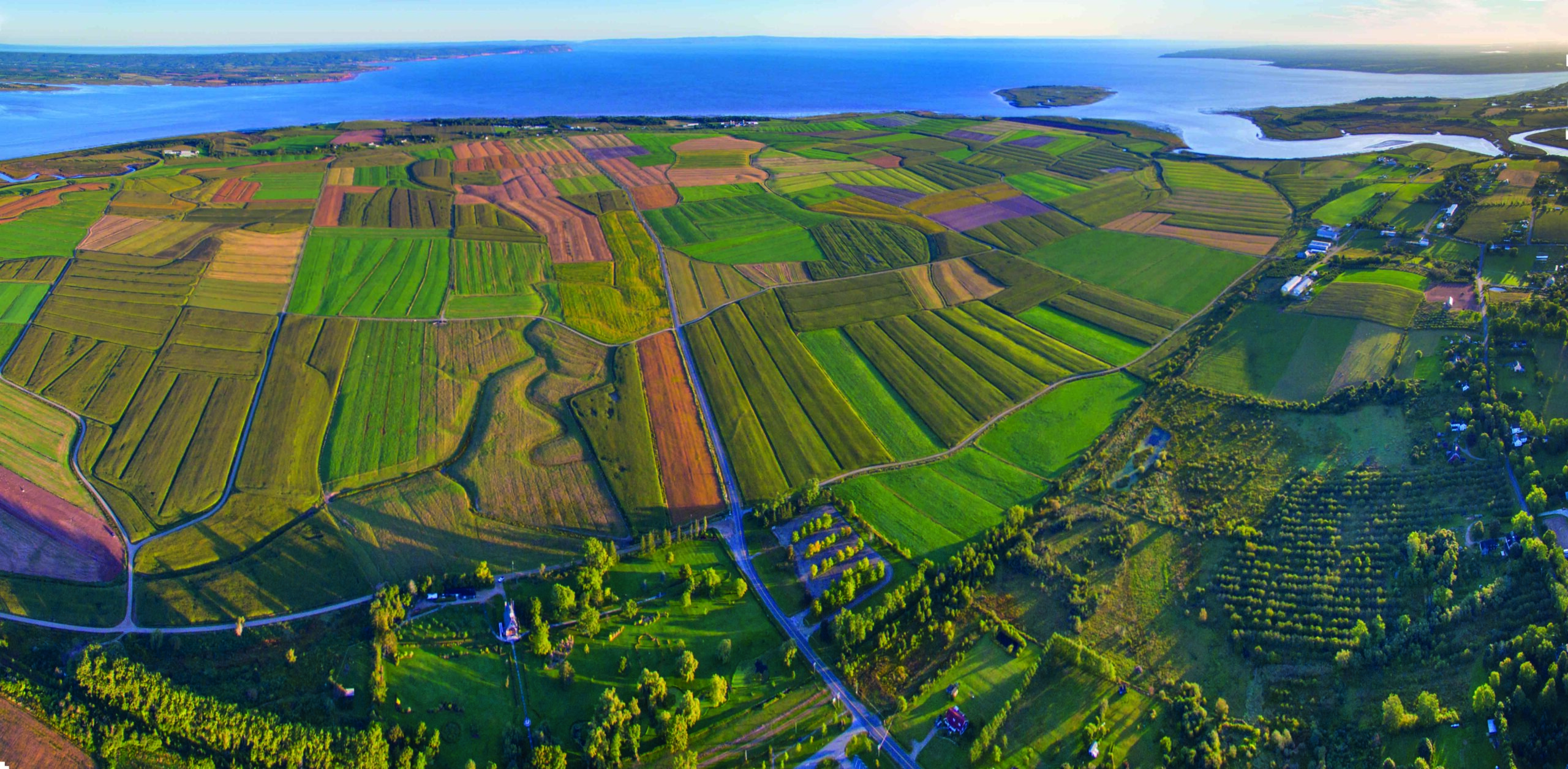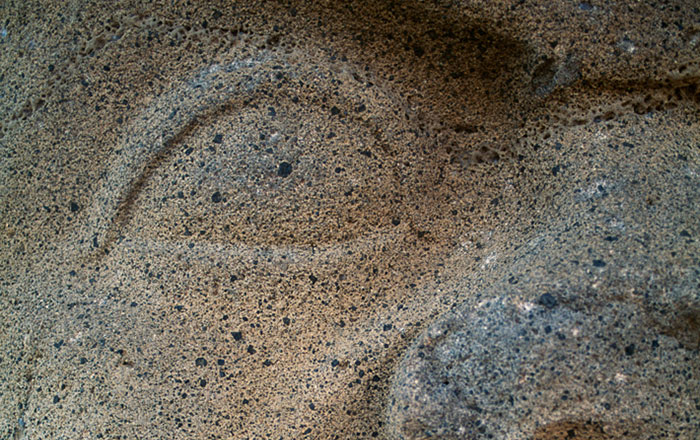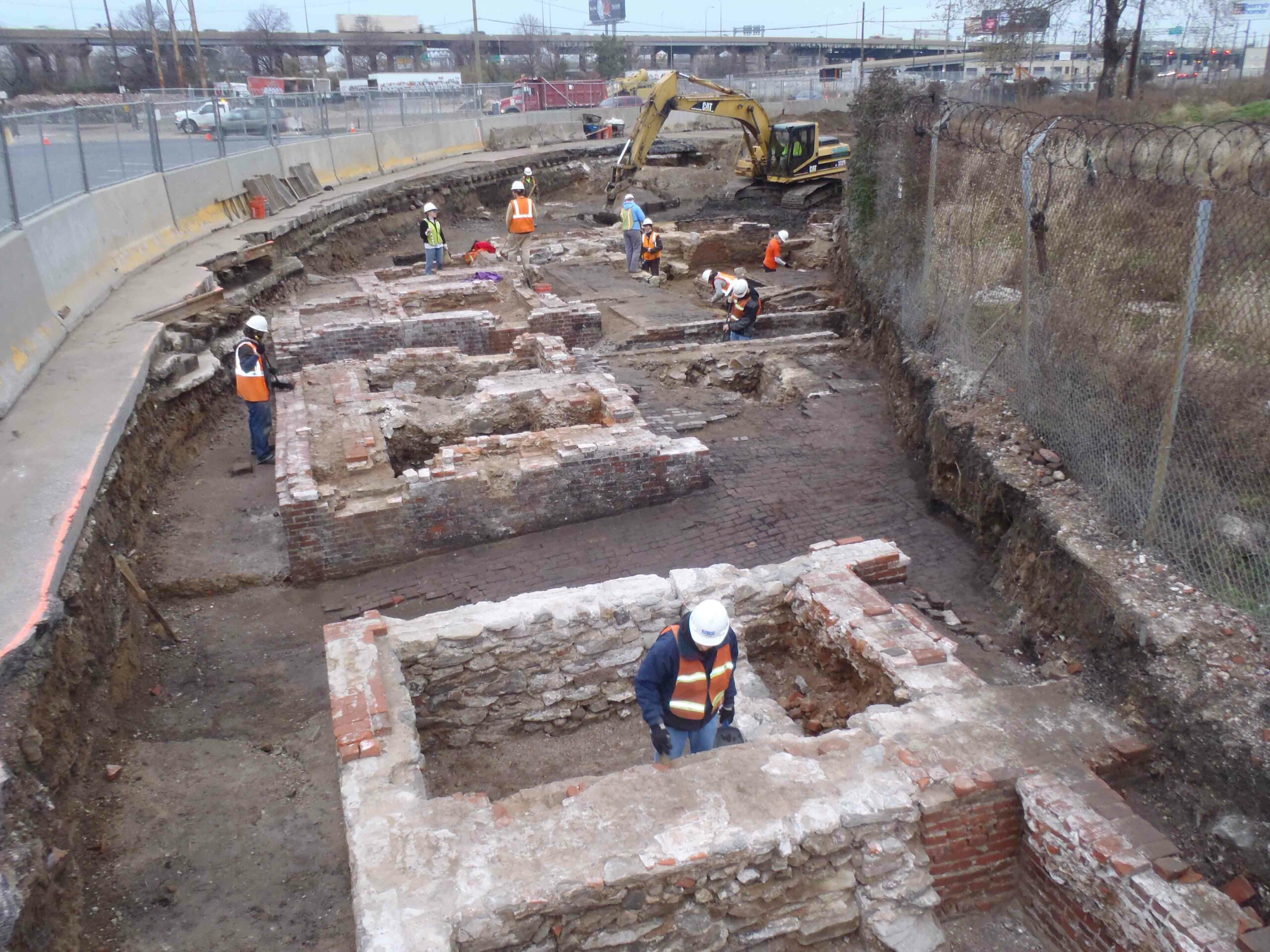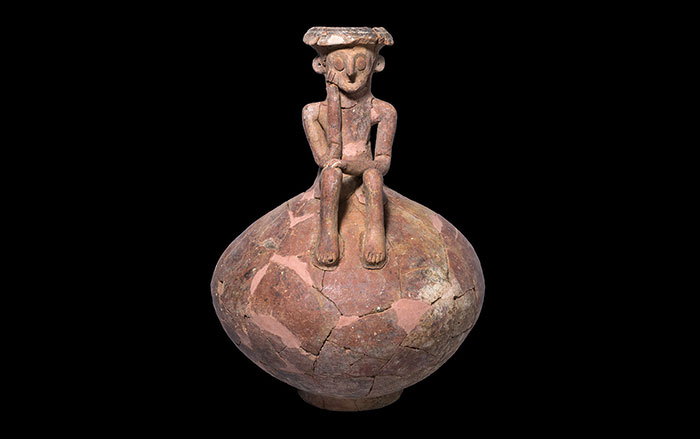
Pointe-à-Callière, Montréal Archaeology and History Complex, in Old Montreal, Quebec, sits right on top of the city’s birthplace. This location is the site of more than 1,000 years of human activity, beginning when indigenous peoples made camp here between the Little Saint Pierre and the Saint Lawrence Rivers. The first French settlement on the site, Fort Ville-Marie, was created in 1642 as the home for some 50 settlers, including founders Paul de Chomedey de Maisonneuve and Jeanne Mance. The museum, which was built in 1992 as part of the celebration to mark Montréal’s 350th anniversary, has both permanent and temporary exhibits, including traveling displays from all over the world. Pointe-à-Callière Project Manager Louise Pothier says, “Pointe-à-Callière is a site museum unlike any other in Canada. It combines a number of archaeological sites illustrating the city’s growth over the years: Fort Ville-Marie, the first Catholic cemetery, the first public marketplace, and even Canada’s first stone collector sewer, which was laid in the bed of the Little Saint Pierre River in 1832, and which is now open for visitors to walk through. Few large cities in the world have the privilege of being able to exhibit strata from their past in this way. Montrealers are very proud to preserve this rich heritage and share it with visitors.”
THE SITE
In order to protect the remains of Fort Ville-Marie, a pavilion is being built that will open in May 2017. An exhibition there, Where Montréal Was Founded, will honor Montreal’s founders. The installation will remember the first Mass held at the establishment of Fort Ville-Marie. Visitors will be able to walk across a glass floor overlooking the remains of the fort, as well as a fire pit predating the city, a seventeenth-century well, the basement of what may have been a guardhouse, several of the fort’s palisades, and the foundations of a metalworking shop. Numerous artifacts will be on display, including a slate sundial thought to be the oldest in North America, objects reflecting religious practices and everyday life, munitions and gun parts, and trade items.

WHILE YOU'RE THERE
The Pointe-à-Callière museum is the best place to begin a visit to Montréal if you want to understand its beginnings, and Old Montreal still has an antique flavor, with its horse-drawn carriages and cobblestone streets. Other notable locations such as the Notre-Dame Basilica, the Hôtel de Ville (City Hall), the Old Port, and the Bonsecours Market are just a few of the things to see in the city. After taking in the sights, be sure to enjoy one of many sidewalk cafes overlooking the Saint Lawrence River.












